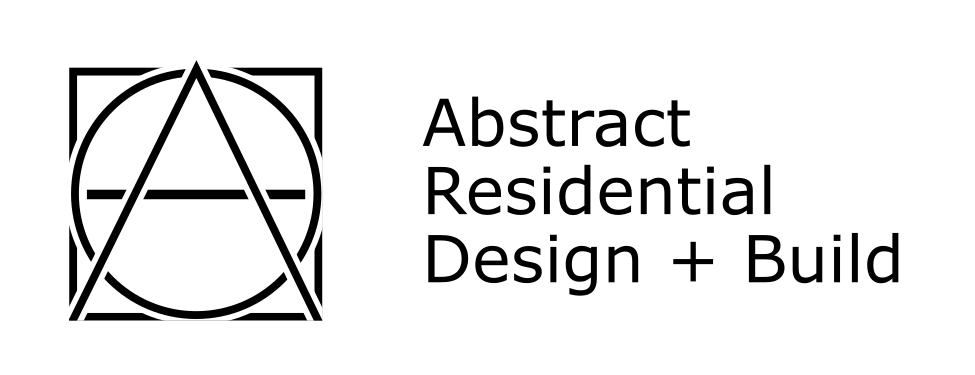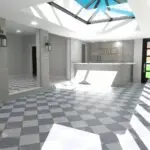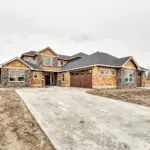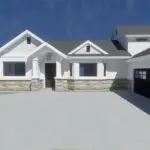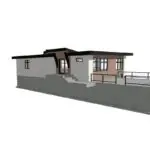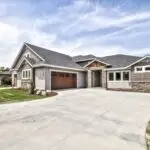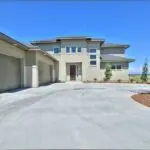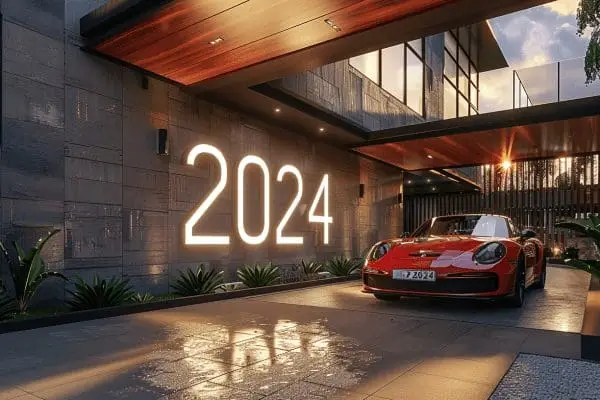Why Use The Design-Build Process To Build Your New Custom Home
Custom home building can be a complex process that requires careful planning and execution. It also requires a great deal of trust on both parties see this process through. The home building process has two main approaches to this process: the traditional design-bid-build process and the design-build process. Both approaches have their place in home construction, but I think Design-Build has considerable advantages. In this blog post, we will explore the differences between the design-bid-build process and the design-build process.
Design-Bid-Build
The traditional design-bid-build process is the most common approach to custom home building. In this process, the homeowner hires an architect or designer to create the plans and specifications for the new home. Once the plans are complete, the homeowner solicits bids from various contractors to build the home. The homeowner selects the contractor with the lowest bid, and the construction process begins. This approach is often used for larger, more complex projects and is characterized by a clear separation of responsibilities between the design team and the construction team.
Pros:
- Clear separation of responsibilities: The design-bid-build process clearly separates the responsibilities of the design team and the construction team.
- Competition: Because multiple contractors bid on the project, the homeowner can choose the contractor with the lowest bid, which potentially could lower cost for the project.
- Ability to work with preferred design team: In the design-bid-build process, the homeowner has the opportunity to choose their preferred design team.
Cons:
- Time-consuming: The design-bid-build process can be time-consuming, as it requires multiple steps and can take several months to complete. This can be especially problematic for homeowners who are in a rush to build their new home.
- Potential risks of the final design exceeding the budget of the homeowner. I have seen many projects fail to start or requiring substantial re-design due to over designing the budget. This is a big problem and it’s happening more frequently when costs are climbing rapidly.
- Risk of miscommunication: The clear separation of responsibilities in the design-bid-build process can also result in miscommunication between the design team and the construction team. This can lead to unexpected costs and delays during the construction process.
- Lack of flexibility: The design-bid-build process is less flexible than the design-build process, as changes to the plans and specifications must be approved by the homeowner, the design team, and the construction team. This can result in increased costs via change orders and delays if changes are made during the construction process.

Design-Build
The Design-Build process is a newer approach to custom home building that is gaining popularity. In this process, the homeowner hires a Design-Build company to design and construct their new home. The Design-Build company is responsible for all aspects of the project, from the initial design to the final construction. This approach is often used for smaller, less complex projects and is characterized by a more integrated approach to the design and construction process.
Pros:
- One-stop shopping: The Design-Build process allows the homeowner to work with one company for all aspects of the project. This can make the process more efficient and streamlined, as the homeowner only needs to communicate with one point of contact. The General Contractor, home designer, and interior designer, all on one team.
- Increased flexibility: The Design-Build process is more flexible than the design-bid-build process, as changes can be made more easily during the construction process. This can result in a better end product that meets the homeowner’s needs and preferences.
- Reduced risk of miscommunication: In the Design-Build process, the design and construction teams are integrated, which can reduce the risk of miscommunication between the two. This can result in a smoother construction process and a better end product.
- Schedule Efficiencies: Scheduling in this rapidly changing construction environment has never been more difficult. Ask a builder how long it could take and watch us struggle to give a best guess. Design-Build can help decrease the overall build timeline.
Cons:
- Limited competition: The Design-Build process limits the competition for the project. This could result in a higher cost for the project, as the Design-Build firm could have less incentive to keep costs low. This is really the only downside that I find to be a legitimate concern. Find a Design-Build company you can trust and is transparent. Find someone who is willing to walk you through all stages and answer all the questions. Build a relationship with them that you want to have long term and you will find that the home building process is much easier than you might have thought.
Resources
Here are some additional resources on Design-Build and I highly recommend reading these if you are seriously considering building a new home. Also, please feel free to reach out to me directly using my Contact info. I am happy to answer any questions you might have.
